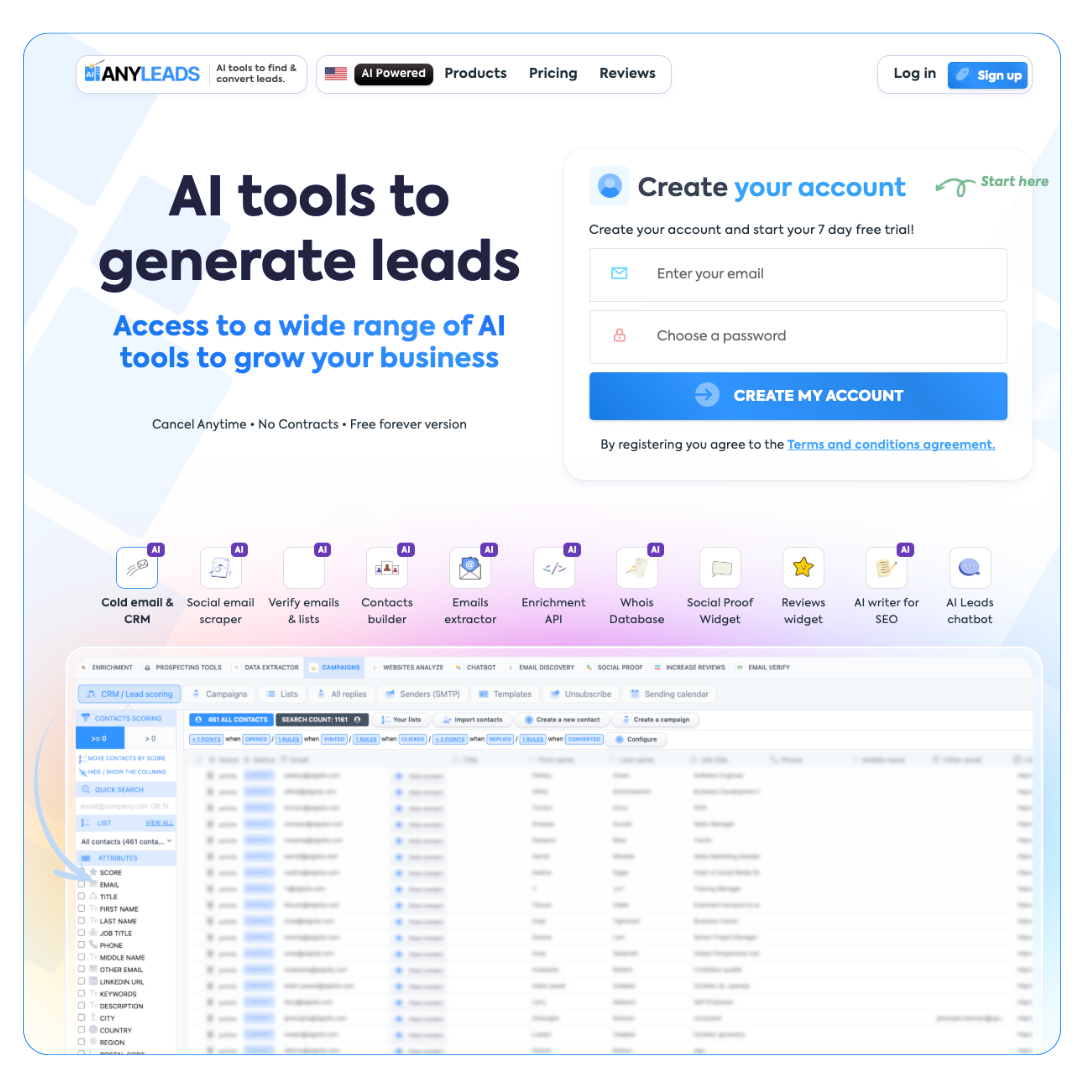 LIMITED SPOTS
All plans are 30% OFF for the first month! with the code WELCOME303
LIMITED SPOTS
All plans are 30% OFF for the first month! with the code WELCOME303

 LIMITED SPOTS
All plans are 30% OFF for the first month! with the code WELCOME303
LIMITED SPOTS
All plans are 30% OFF for the first month! with the code WELCOME303


People who've been using LinkedIn for a while are familiar with the ways people use its connect feature. They either only connect with people they know or have worked with, or they connect with as many people as possible to grow their professional network.
If you fall into the latter, you might want to slow down your connection spree. Some of your connections might not be who they claim to be, and they might have malicious underlying motives for connecting with you. In this article, we'll go over why fake LinkedIn profiles even exist and how to protect yourself from LinkedIn fraudsters.
While LinkedIn is commonly used for career development, a few see it as a way to scam people. Their goal is to take advantage of individuals who are looking for jobs and lure them into scams. And so, they pretend to be entrepreneurs, career coaches, and so on. Surprisingly enough, some of them can be really good at this.
Aside from committing crimes, like extorting money from their victims, these dubious connections also aim to steal personal information through social engineering attacks like phishing. Then, they use harvested data to impersonate legitimate businesses or profiles and create fake profiles to scam others once again. It's undoubtedly an unethical cycle that seems to work very well in favor of fraudsters.
If you've been accepting LinkedIn connection requests nonstop lately, it's time to pause and review them one by one. Some have obvious red flags.
First, check if the profile is newly created and only has a few connections. What about their job titles? Are they too generic, like "project manager" or just "consultant?" Check their profile photo, too. Is it really poor quality or an overly polished image? In the best-case scenario, these might be profiles that are just not very optimized for the platform and not scammers. Still, it's best to be on your guard if they send you a message with enticing offers.
Now, speaking of messaging, if the connection seems overly eager when communicating their job offer or business proposal, that's a sign you should be careful. The same goes if their messaging is too vague. If you want to be extra sure, look up their name outside of LinkedIn and see if the search results align with who the person claims to be.


We understand that it's tempting to connect with a lot of people on LinkedIn. After all, there are a lot of opportunities that come with doing so. Still, the rule of focusing on quality over quantity should apply to connections. You are less likely to be exposed to scammers if you properly vet who you connect with.
A good way to protect yourself is by going through your privacy settings and adding restrictions regarding your profile visibility. You can choose what non-connections can see and how they can interact with your profile. This helps reduce unwanted interactions, but not everyone, especially those who want to be discovered, might like doing this.
Another good safety tip is to use a virtual private network (VPN). If you get duped into clicking a malicious link, some more advanced VPNs have features that protect you from malware and don't allow you to enter malicious sites.
Lastly, using a password manager can help you maintain strong security across all your professional accounts, including LinkedIn. A password manager generates unique, complex passwords for each platform and stores them securely, preventing scammers from accessing multiple accounts, even if one gets compromised.Just as protecting your LinkedIn presence requires strong vigilance against phishing and social engineering, organizations must regularly test their digital defenses to stay ahead of evolving threats. For companies seeking proactive protection, leveraging services like BreachLock penetration testing can help uncover vulnerabilities in web applications and internal networks, identifying gaps that fraudsters or malicious insiders might exploit.
Let's say you've done all you can to be wary of your connections, but you still get phished. Don't beat yourself up, as it can happen to even the most careful professional. However, taking quick action is key if you don't want to become a victim of data breaches or identity theft.
This is the time when a data removal service will come in handy. Such a service can help by locating and removing sensitive information about you that may have been harvested during the phishing attack. Data removal services search websites and data broker sites where your personal details could end up, often without your consent. By removing this information, you will reduce the risk of it being misused and will tidy up your digital footprint.
Remember, just like other social media sites, it's best not to overshare and include too much personal information on LinkedIn. Be selective about LinkedIn connection requests and customize your privacy preferences. Follow our advice, and you can safely work on your career development without being exposed to scams.